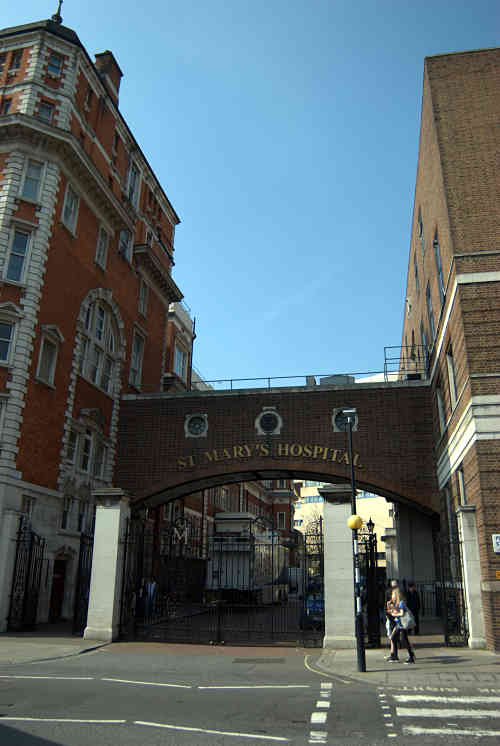Accidental Dural Puncture
Management at time of Puncture
- Inform patient and midwife that a dural puncture has occurred.
- After dural puncture DO NOT pull out the Tuohy needle-Try not to drain more than a few mls of CSF (cerebral spinal fluid). Consider threading epidural catheter into the sub-arachnoid space (if safe).
- Approximately 2 cm should be threaded into the sub-arachnoid space.
- Label as spinal catheter.
- Each top-up should be done by the anaesthetist.
- Top-up doses are 2-3 ml of the standard low-dose mixture in incremental doses. Remember the dead space in the catheter and filter is 1 ml.
- After delivery remove catheter as usual.
- If the Tuohy needle is withdrawn, re-site the epidural a space higher or lower (this may be the preferred option).
- Treat as a normal epidural, but each top-up should be given by the anaesthetist. REMEMBER EACH DOSE IS A TEST DOSE.
- There is no indication for assisted instrumental delivery.
- The Consultant Obstetric Anaesthetist must be informed ASAP (in working hours).
- Enter the women’s details into the ‘high risk/follow up’ folder on labour ward (St Mary’s).
If there is any doubt whether the fluid seen flowing back through the epidural needle is CSF or saline, the temperature can be assessed on the back of the anaesthetist's hand (with gloves removed), and other tests can be performed using a urine dipstick (see full guideline for more details).

Follow Up
Signs and Symptoms
Headaches are common after labour and not all headaches are dural puncture related. However, any woman suffering headache post-labour and anaesthetic intervention should have it excluded.
A spinal headache is characterised classically by a throbbing frontal or retrobulbar pain which is relieved by lying flat and IVC compression and IVC Compression and worsened by sitting or standing, it may be accompanied by occipital pain, neck-ache and tinnitus. However, all sorts of neurological symptoms have been ascribed to Dural tap and cured by blood patching, therefore an atypical presentation may well occur.
Follow up after a Dural Puncture
- Document follow-ups on Follow-up Proforma in PDPH folder.
- Women should be reviewed 12 hourly as an in-patient and followed up by telephone for 3 days once discharged.
- Document on Cerner.
- Remember to hand over on SAFER.
- Information leaflet and Contact Numbers to be given to patient on discharge. Post/fax Letter Proforma to GP with copy to patient.
- Arrange follow up in Dr Ward’s High Risk clinic (book with antenatal clinic) for 6 weeks.